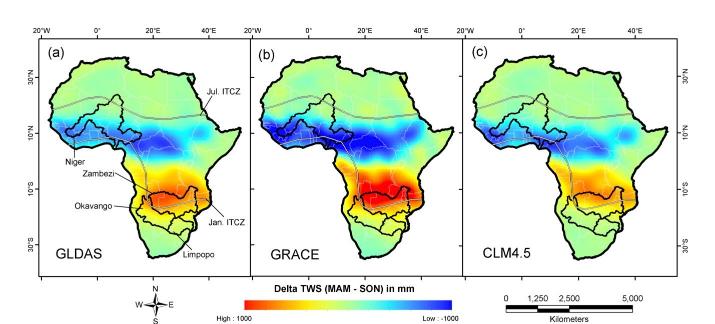GRACE Basics and Hydrological Applications

About Course
The Gravity Recovery and Climatic Experiment (GRACE) is the most interdisciplinary satellite mission that has been extensively used to study surface processes involving hydrologic, oceanic, and cryospheric water mass movement and redistribution. The participant will learn the basics of GRACE data, how to process the GRACE solutions, and how to apply GRACE data for hydrological and environmental problems.
Period:
- Two weeks (condensed module)
- Four weeks (full module)
Contents:
- GRACE mission
o What is GRACE?
o GRACE partners
o GRACE instrumentations
o GRACE mission concept
- GRACE data products
o GRACE data flow
o GRACE data centers
o GRACE data formats
o GRACE data levels
o How to access GRACE data?
- Processing of GRACE data
o Spherical Harmonics
o Spectral filtering (Destripping)
o Spatial filtering (Gaussian smoothing)
o Mascons solutions
- Generating GRACE products
o Standard deviation images
o Amplitude of annual cycle images
o Phase of annual cycle images
o Trend images
o Time series
o Error analysis
- GRACE and Land Surface Models
o GLDAS Model
o CLM4.5 Model
- Spatial and Temporal Correlation of GRACE and Other Data Sets
o Spatial correlations (trends, amplitude, phase)
o Temporal correlations (time series)
Participants will develop software-oriented skills on how to:
- Explore the basics of GRACE mission.
- Read, visualize, and process GRACE data.
- Utilize GRACE data to address geological, hydrogeological, and environmental problems.
Student Ratings & Reviews
No Review Yet
Details
- category
- October 22, 2024 Last Updated
